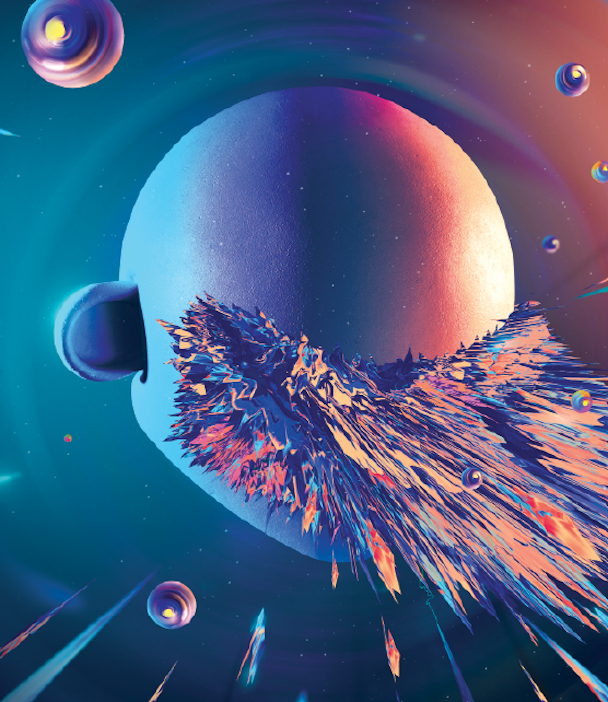Making virtual real: How to hack human perception
Everything we do and see is real. It’s all experiential. Nobody has a dream and wakes up feeling like a victim of fraud. It really happened in the sense that we had a genuine dream. So when we talk about virtual reality, what is real and what is virtually real?

Google “VR” and you’ll find a slew of articles trying to define what it is as a medium. Inception-like descriptions sound baffling, mystical even. But if you read between the lines, what you’ll discover is that VR is simply a well packaged presentation of so many things that we’re already very familiar with.
From film focused production methods, to interactive thinking and game development engines, it’s like the greatest hits of the production world. And while it is an amalgamation of what came before, in combining it, it offers something completely new.
Suspension of disbelief, what we experienced essential in all mediums before, is not necessary in VR anymore. It’s what all prior mediums require and what VR, when done right, completely circumvents. You’re not suspending disbelief about reality. The content may be virtual but the engagement is real. So with the core goal being to make you experience something, creatives and producers are being asked to navigate the terrain between story and technology with seamless proficiency.
This is about facilitating experience and engagement. It’s a juggling act of artistry and hinges on its weakest link. In an environment where sensory perception is paramount, the illusion we’re building relies on every element maintaining authenticity at every moment.
We navigate this tricky terrain with craft; making sure each part is perfectly produced and flawlessly implemented into the whole. Our ability to suspend disbelief is suspended on top of the world-building we do across sight and sound, and under-delivering on either is the same as not delivering on the whole. Each and every facet of VR production relies on craft to properly convey an experience to the user and make it enjoyable and believable.
Craft is crucial to elevating VR experiences from cool to profound in pursuit of the medium’s true potential. Which brings us to a recurring theme in VR, across film, digital, post production and games: so many of us recognise enough of the medium to do it badly. Relying on old tricks for new technology.
What we as VR practitioners need to do is work with brands to move beyond the allure of being the first adopters and into the arena of hitting the virtual nail on its virtual head. The scramble to be seen to be using VR can’t override the desire to use VR as a real tool for genuine engagement.
We can look to the gaming world’s experience with experiences, creating autonomous narratives to explore and engage. Ideal for VR, but games don’t distribute across digital as easily as linear content does. Results will come through reach, which will require film, VFX, post and dedicated media distribution to happen. Not the natural grazing ground for games companies.
And of course, in order to experience VR, users need access to technology. That was the initial sticking point with 3D – nobody believed that people would invest in the technology for personal home use. Then some blue-skinned extra-terrestrial beings came along and an industry was set in motion.
Billions of dollars have been pumped into the market. It got a lot of companies across the spectrum involved in developing the market. Although 3D never got off the ground, we see the same trend now happening with VR – which has a vastly more promising outlook as it’s not merely an addition to a prior medium, but an entirely new one.
Companies are getting involved across the board, creating the critical tipping point for the technology to become available for easy adoption by the consumer. A great example of that is the recently announced Google Daydream initiative – a VR platform built on top of Android N. We’re on a straight track to a future with hundreds of millions of VR capable devices in the wild.
But it is not only access to the right hardware that is crucial. In order to convince people to gather with their head-mounted displays, we have to deliver perfectly crafted experiential content that authenticates the virtual world. If people are to invest in the medium, we can’t short-change them by cutting corners.
As an all-encompassing experience it should incorporate all in its inception, from concept and creative to the talent and teams needed to execute the experiences. It is film. And it is post. And it is development. One area isn’t more vital than another. That, folks, is the reality of making the virtual real.
Ola Björling is global head of VR at MediaMonks
This article first appeared in The Drum's VR issue, published on 1 June.

